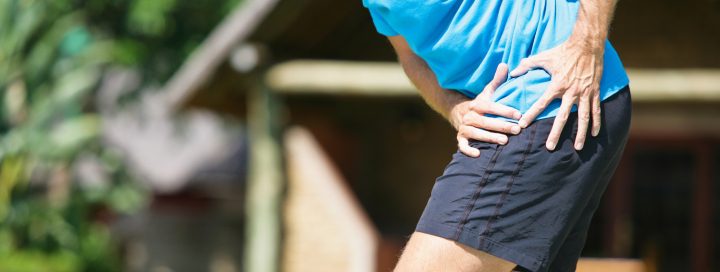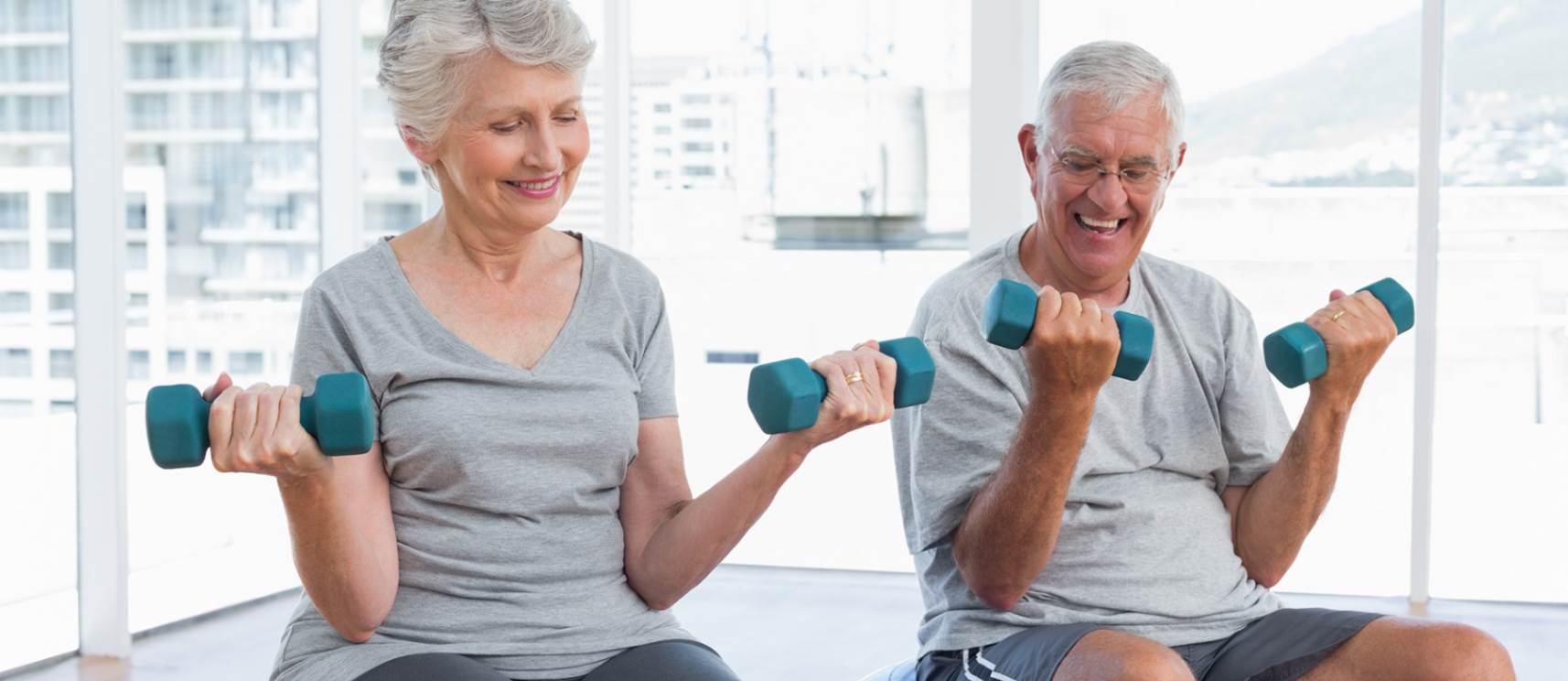Are you experiencing pain in your hip that is making it difficult to move pain-free? Does it hurt when lying down on your side? If you answered yes to either of these, then you might be suffering from trochanteric bursitis.
Bursitis is a common musculoskeletal condition which can affect multiple parts of the body including the shoulder, elbow, hip and knee. The majority of bursal injuries can be treated conservatively with physiotherapy but in some cases cortisone injections or surgical intervention may be required. In this blog the focus will be on trochanteric or hip bursitis but the principles of treatment remain similar for other parts of the body.
Whether you have had prior bursitis episodes or are experiencing bursitis symptoms for the first time, this blog will provide you with the necessary information to understand and manage your condition effectively.
With the right care and management, you can get back to doing what you love and enjoying a more comfortable life.
What is bursitis?
Bursitis, although a common condition, can be debilitating and interfere with your ability to enjoy many everyday activities. But what exactly is it? And what causes it to occur?
Bursitis is the enlargement or irritation of a bursa, a fluid filled sac-like structure which exists to facilitate the movement of tendons over bony prominences and reduce friction at these points.
When a bursa becomes irritated, it enlarges with fluid and becomes a point of contact for other structures causing an increase in painful symptoms.
A septic bursitis occurs when bacteria is introduced via a direct puncture of the skin or microtrauma, or cellulitis within the skin adjacent to the bursa. These are more commonly seen in males who also suffer from inflammatory disorders such as rheumatoid arthritis or gout.
Bursitis can significantly affect your ability to perform daily activities, engage in physical activity or sleep, and negatively impact your quality of life.
Who gets bursitis and what causes it?

Bursitis is relatively common in both males and females and thought to affect up to 8% and 15% of the population respectively. Due to a number of differences between males and females, including body type and common occupations, bursitis is often seen in the hip and pes anserine for women and more likely in the knee and elbow for men.
While bursitis can affect individuals of all ages and backgrounds, certain factors may increase the risk of developing bursitis. These include:
- Overuse: Engaging in repetitive activities or putting excessive stress on joints and tissues can lead to bursitis.
- Age: As you get older, the bursae become less elastic and more prone to irritation.
- Joint Problems: Certain joint conditions, such as osteoarthritis or rheumatoid arthritis, can contribute to the development of bursitis.
- Previous Injury: A previous injury or trauma to a joint can increase the risk of bursitis in that area.
- Inflammatory Disorders: Certain systemic inflammatory conditions, such as gout or lupus, can increase the risk of bursitis.
Should I get an X-ray or MRI if I think I have bursitis?
The gold standard for diagnosing bursitis is a physical examination by your physiotherapist. This includes testing of the hip region to help rule out more sinister pathology. Often imaging will not change management if a bursitis is suspected and therefore not always required. If your therapist is concerned about different pathology they can refer for imaging or will encourage a discussion with your GP for further imaging.
Trochanteric (hip) Bursitis
Trochanteric bursitis is often mistaken as the main cause of pain in the lateral hip region. Recent studies have shown that this rarely occurs in isolation and is more likely to involve gluteal tendon pathology. These pathologies together are now referred to as greater trochanteric pain syndrome or GTPS.
Surgery is generally considered a last resort and is reserved for cases that do not respond to conservative treatment. Surgical options may involve removing a portion of the bursa, repairing or releasing the affected tendons, or addressing any other specific underlying issues contributing to the pain.

Symptoms of trochanteric bursitis or GTPS
- Pain on the outside of the hip
- Pain that refers to the outside of the thigh or knee
- Pain lying on the affected side
- Pain associated with activity such as walking, climbing stairs, running
- Pain with prolonged sitting
- Weakness in the gluteal muscles
Physiotherapy management of bursitis or GTPS
As mentioned earlier, GTPS does not necessarily involve an inflammatory process and therefore conservative management is usually targeted at first reducing the acute symptoms followed by a gradual loading program to help build tolerance to activity.
Activity modification is initially the goal of treatment to allow for a reduction in load through the gluteal region.
This might involve:
- Reduce walking, particularly on unstable surfaces and uphills. Walking can be gradually increased within tolerance
- Reduce standing with your bodyweight on one hip
- Avoid compressive positions such as sitting with the legs crossed or lying on the affected side
- Utilise hand rails for ascending/descending stairs
This should be adhered to until symptoms begin to settle prior to a re-introduction of loading as recommended by your therapist.
Anti-inflammatories may be of use depending on the type and extent of symptoms and where your symptoms are likely to be stemming from. Anti-inflammatories are likely to be beneficial in a primary bursitis, that is, a bursitis which does not have tendon involvement. A conversation with your physiotherapist or GP may help you decide whether they are a suitable adjunct or not. These should always be combined with an active approach to ensure the underlying issues are resolved.
Education during this phase is also extremely important to help give you an evidence-based approach to load management along with encouraging an active approach to therapy. This will involve the key things to focus on implementing and avoiding in your rehabilitation program. Your physiotherapist can also give you a clearer understanding of prognosis and return to sport or functional activity.
Exercise can begin early in the rehab process and may start with light exercises such as isometric or static strengthening around the hip region. Initially, exercises may also be targeted at areas around the hip to help reduce the chance of the injury returning in the future.
Once the initial symptoms have begun to settle a more complex approach may target:
- Glute (hip abductor) strengthening
- Lumbopelvic control
- Core strengthening
- Motor control of the hip and lower limb
- Strengthening at the knee and ankle
These exercises should be coupled with a gradual re-introduction of loading such as walking or running depending on your preferred exercise or sport.
Other management options for failed conservative therapy?

Cortisone injections can be utilised in primary bursitis management, after conservative management has failed, to settle symptoms or allow a return to normal activity.
PRP injection’s have a lack of high-quality evidence to show improvements for bursitis related pain. This can be further discussed with your GP if conservative management fails.
Surgery is unlikely to be required for symptoms related to bursitis but in some circumstances surgeries such as bursectomy or release of the ITB can be performed.
Get The Help You Need
Early assessment and treatment improves outcomes, therefore it is important to consult with a healthcare provider. A proper diagnosis and individualised treatment plan can help manage trochanteric bursitis effectively.
Remember, prevention and early intervention are key in managing bursitis. Maintaining a healthy lifestyle, practising good posture, and avoiding repetitive motions or activities that put excessive stress on your hips can reduce the risk of developing bursitis.
Don’t let hip pain limit your daily activities. Seek appropriate treatment and get back on track to a pain-free life at Coast Sport.
Aaron, D et al. (2011) Four common types of bursitis: Diagnosis and Management. J of the American Acad. Of Orthopaedic Surgeons. 19(6), 359-367.
Lustenberger, D. et al. (2011) Efficacy of Treatment of Trochanteric Bursitis: A Systematic Review. Clin J Sport Med. Sep; 21(5), 447-453.




 Helping the Central Coast Feel Well, Move Well and Perform Well!
Helping the Central Coast Feel Well, Move Well and Perform Well!